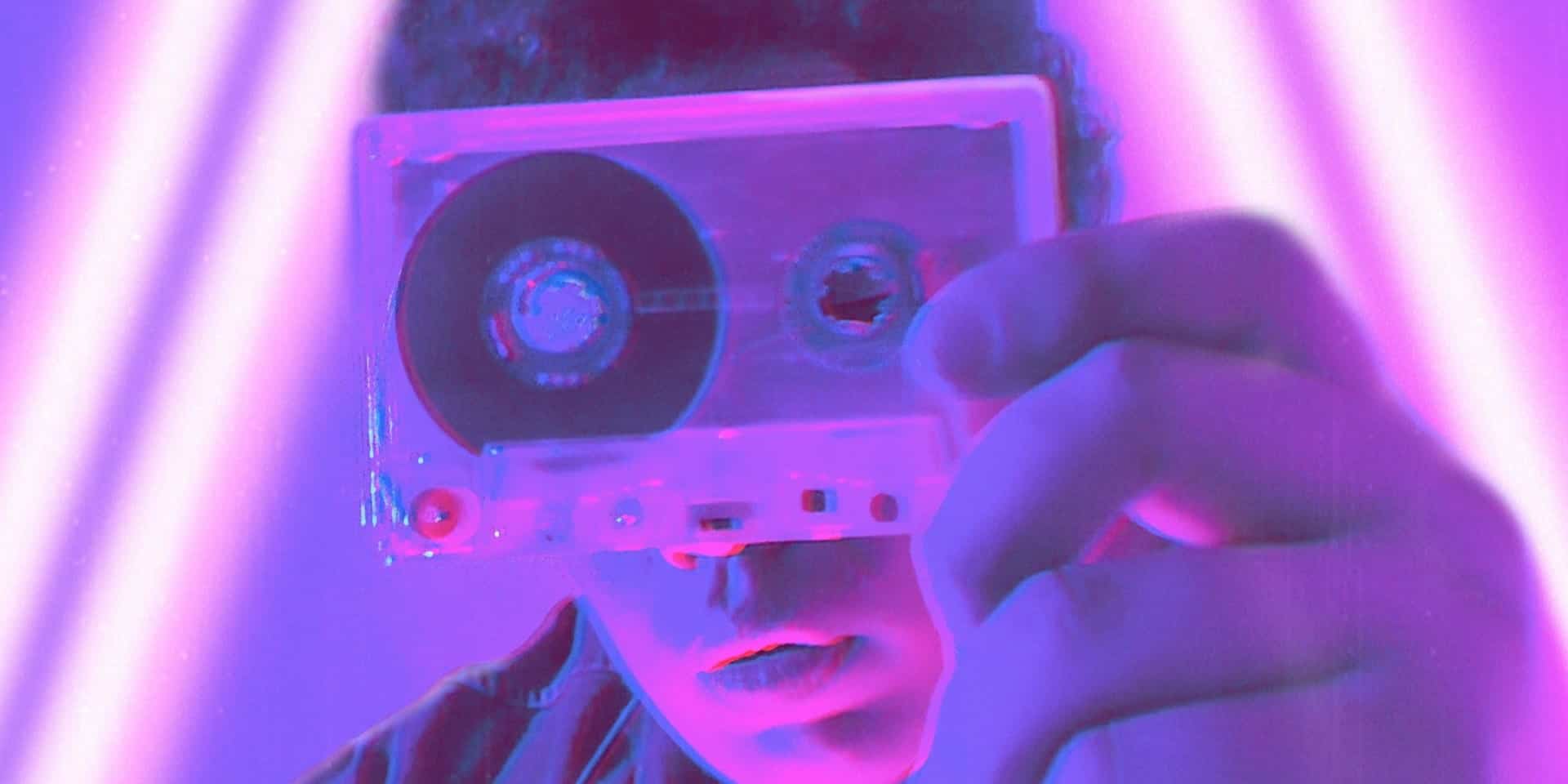In the vast symphony of popular music, the distinctive notes of 80s pop continue to reverberate through time, creating a sonic landscape that stands in stark contrast to the sounds of the modern pop era. The evolution of music is a dynamic journey shaped by technological advancements, cultural shifts, and artistic experimentation. This article embarks on a melodic exploration, unraveling the enigmatic reasons why 80s pop sounds different from the pulsating beats of its modern counterpart.
Analog vs. Digital: The Sonic Revolution
One of the defining characteristics that set 80s pop apart lies in the technological tools at its disposal. The 1980s witnessed the transition from analog to digital recording, marking a sonic revolution. The warmth of analog synthesizers, drum machines, and recording techniques of the 80s contributed to a distinct sonic palette. In contrast, modern pop often embraces the crisp precision of digital production, resulting in a cleaner, more polished sound.
Synth Dominance: The Electro-Waves of the 80s
Synthesizers emerged as the iconic sound architects of 80s pop, dominating the sonic landscape with their electronic waves. Synth-pop bands like Depeche Mode and New Order crafted melodies that echoed through layers of synthesizer magic. The synthesizer’s prominence in 80s pop is a stark departure from the diverse instrumentation and live instrumentation often featured in modern pop, where electronic elements coexist with a broader range of sounds.
Drum Machines and the Beat of the Decade
The rhythmic heartbeat of 80s pop was often driven by the unmistakable sound of drum machines. The synthesized beats, characterized by the distinctive punch and snap, became synonymous with the era’s danceable grooves. Modern pop, while still incorporating electronic beats, explores a wider array of percussive elements, embracing more intricate rhythms and diverse drum sounds.
Vocal Styles: From Reverb to Autotune
The vocal styles of 80s pop, adorned with lush reverbs and ethereal harmonies, contribute to its timeless allure. Singers like Whitney Houston and George Michael embraced the dramatic flair of reverberated vocals. In contrast, modern pop often leans towards a more natural and intimate vocal production, with the occasional use of auto-tune as an artistic choice rather than a defining characteristic.
Songwriting and Lyricism: From Anthems to Introspection
The lyrical themes of 80s pop often gravitated towards anthems of celebration, love, and societal observations. Iconic bands like Queen and U2 crafted anthems that echoed stadium-sized choruses. Modern pop, on the other hand, delves into a broader spectrum of emotions and personal introspection. Lyrics often explore vulnerability, mental health, and societal issues, reflecting the evolving perspectives of contemporary songwriting.
MTV and Visual Aesthetics: A Marriage of Sound and Image
The 80s witnessed the rise of MTV, transforming music into a visual spectacle. Music videos became an integral part of the pop experience, influencing both the auditory and visual senses. The extravagant visuals of artists like Madonna and Michael Jackson contributed to the era’s larger-than-life persona. In the modern era, while music videos still play a significant role, the digital age has expanded the avenues for visual storytelling, with artists often utilizing social media and streaming platforms to complement their music.
Contrarian Statement: Modern Retro and Blurred Boundaries
While distinct differences exist between 80s pop and modern pop, it’s essential to acknowledge the phenomenon of modern artists embracing retro elements. The resurgence of synth-pop, vintage synthesizers, and nostalgic production techniques has blurred the boundaries between eras. Some modern pop acts intentionally infuse their music with 80s-inspired sounds, creating a fusion that pays homage to the past while pushing the sonic boundaries of the present.
Conclusion
As the echoes of 80s pop continue to resonate through the corridors of musical history, the sonic evolution of pop music remains a captivating journey. The interplay of technology, instrumentation, and cultural influences has shaped each era’s distinctive soundscape. While 80s pop stands as a testament to the era’s exuberance and innovation, modern pop reflects the ever-changing landscape of artistic expression. In this symphony of sound, both eras contribute unique chapters, enriching the tapestry of popular music for generations to come.








